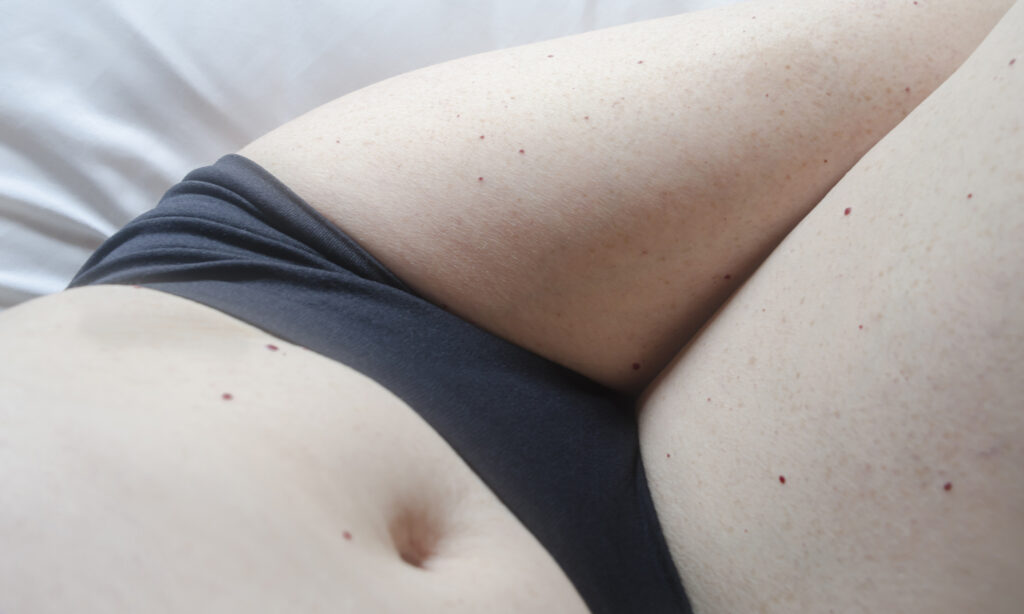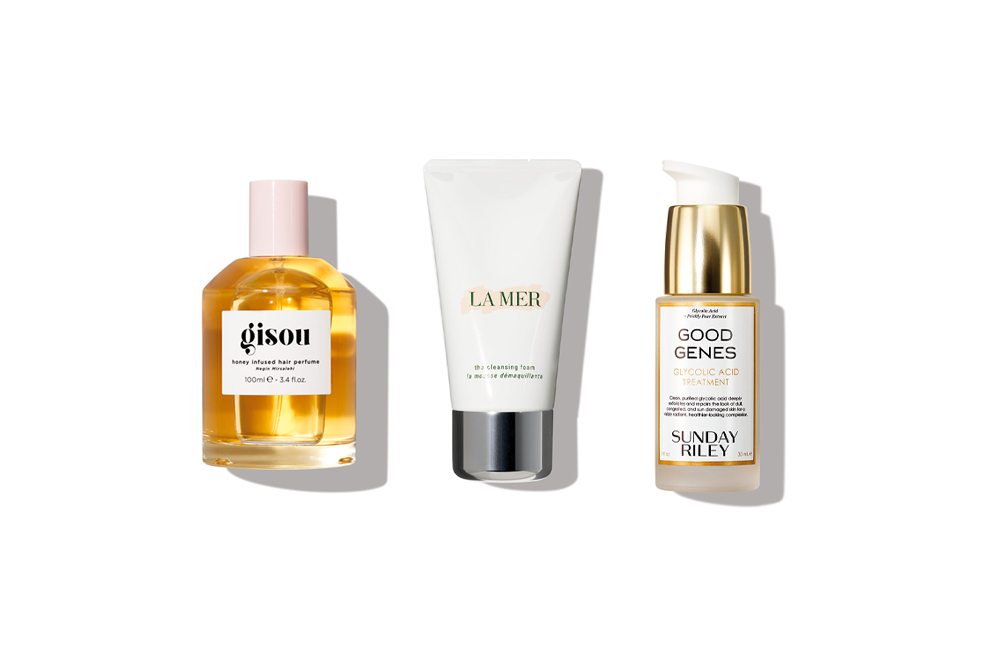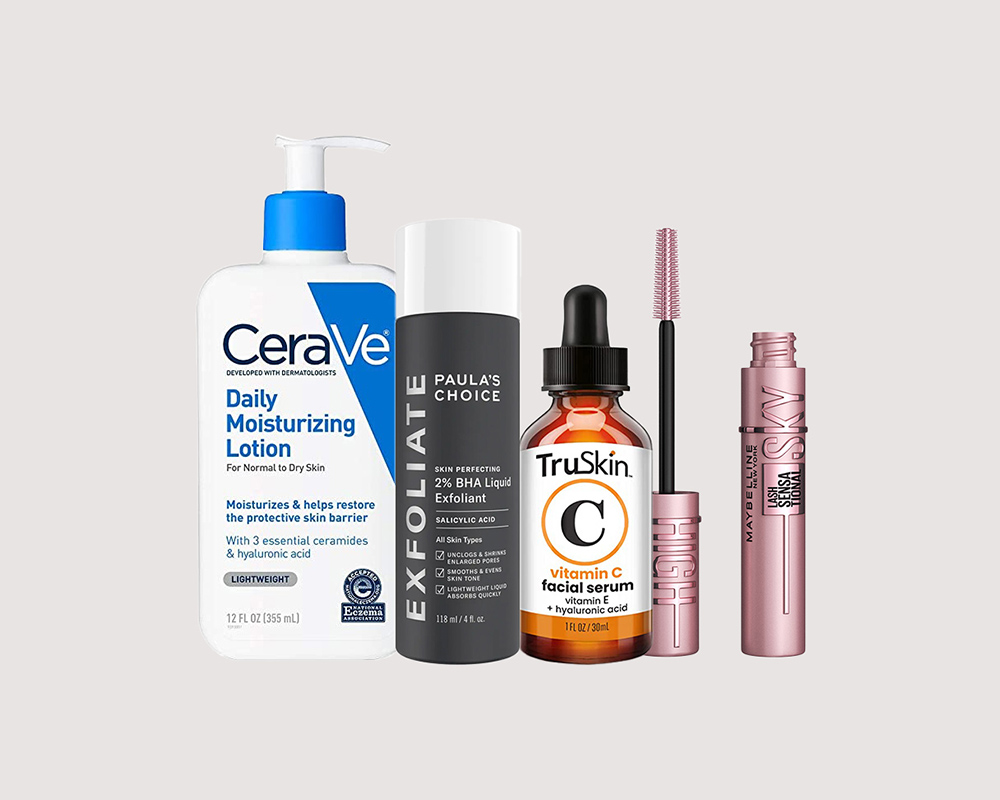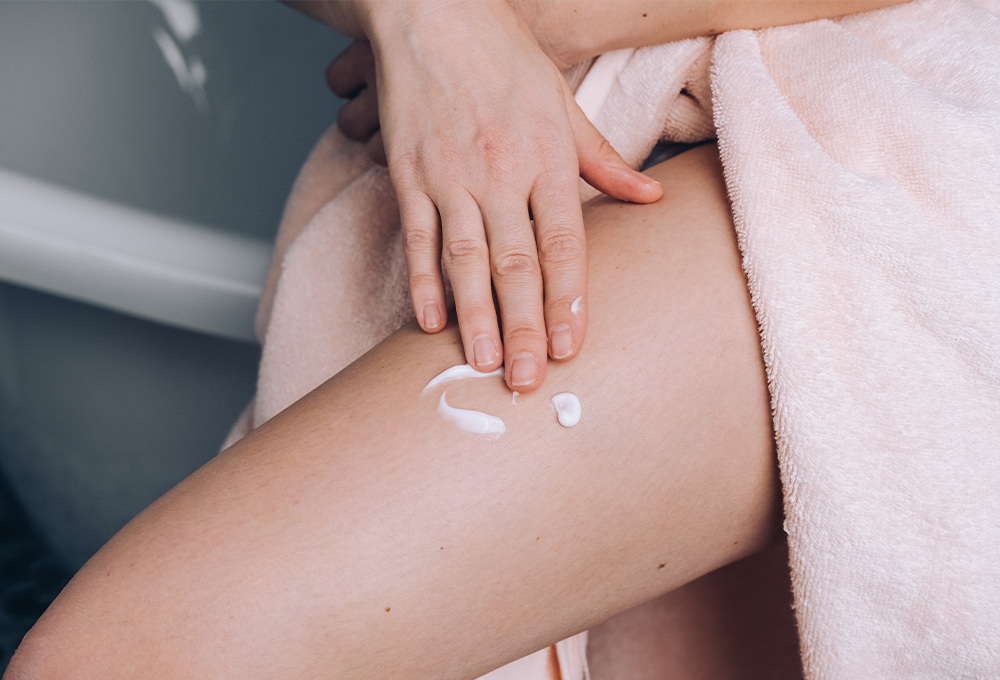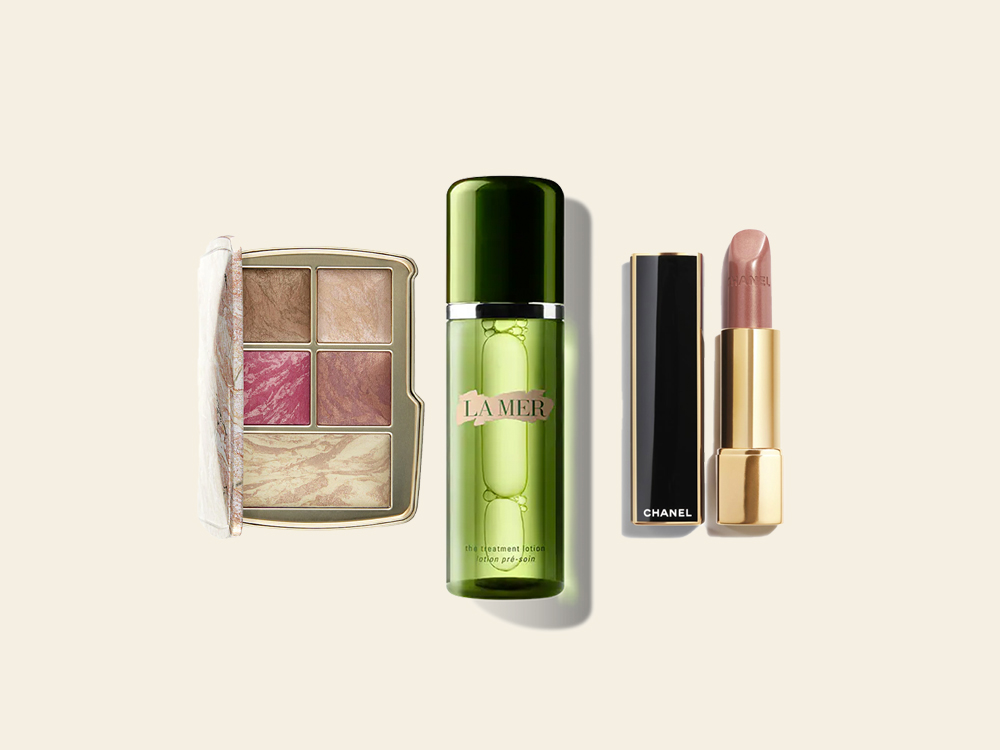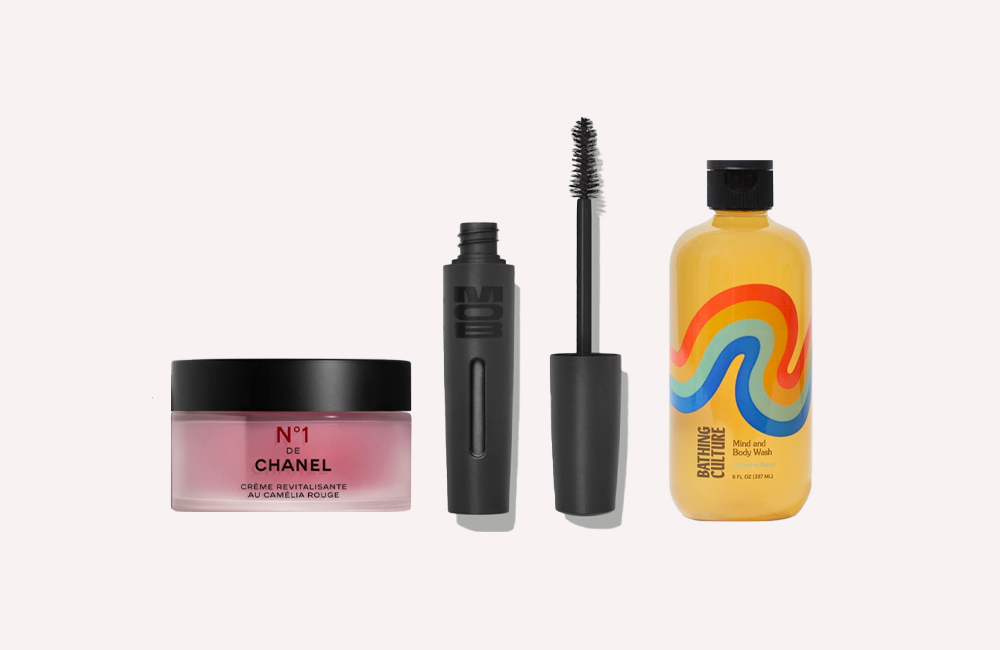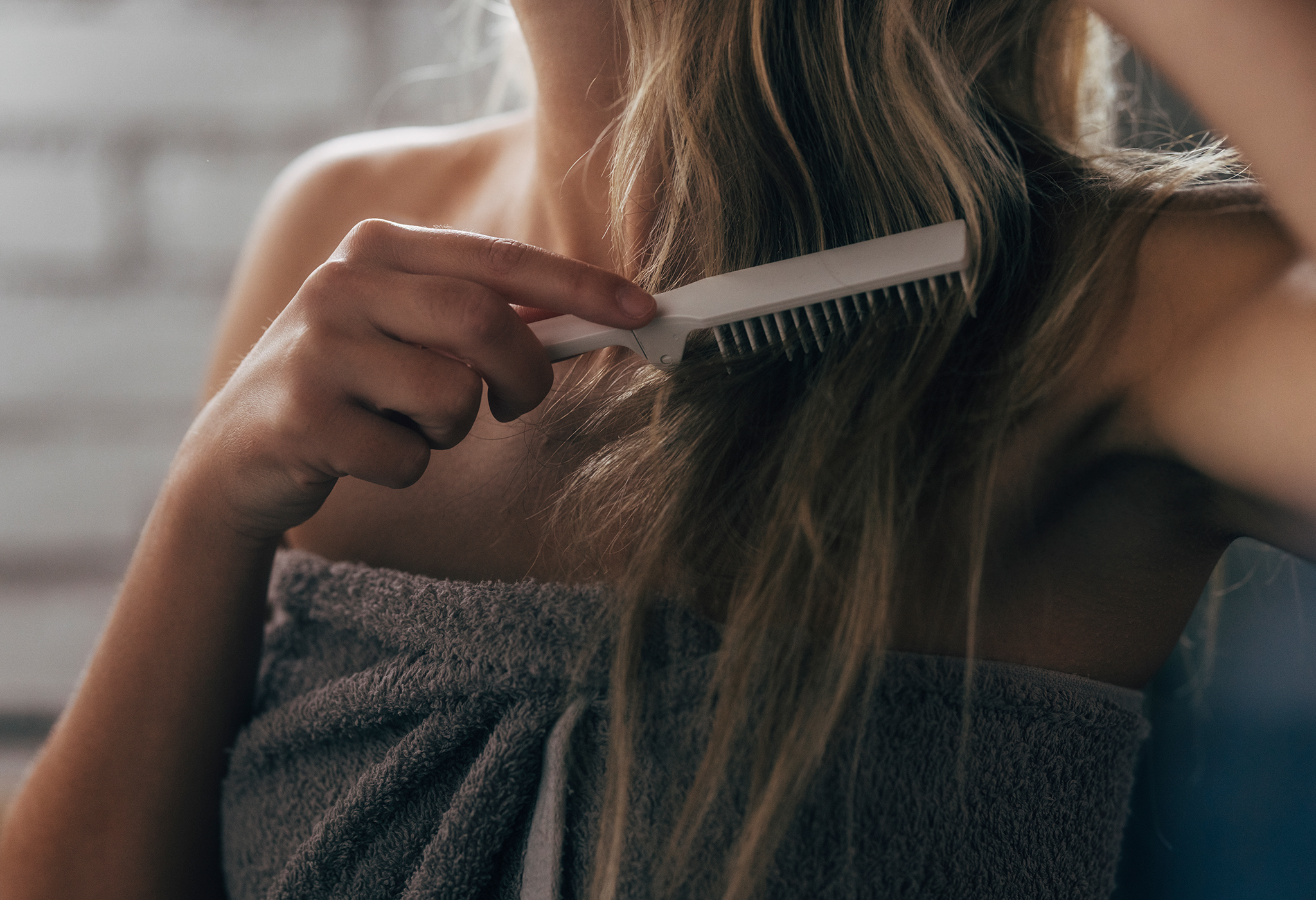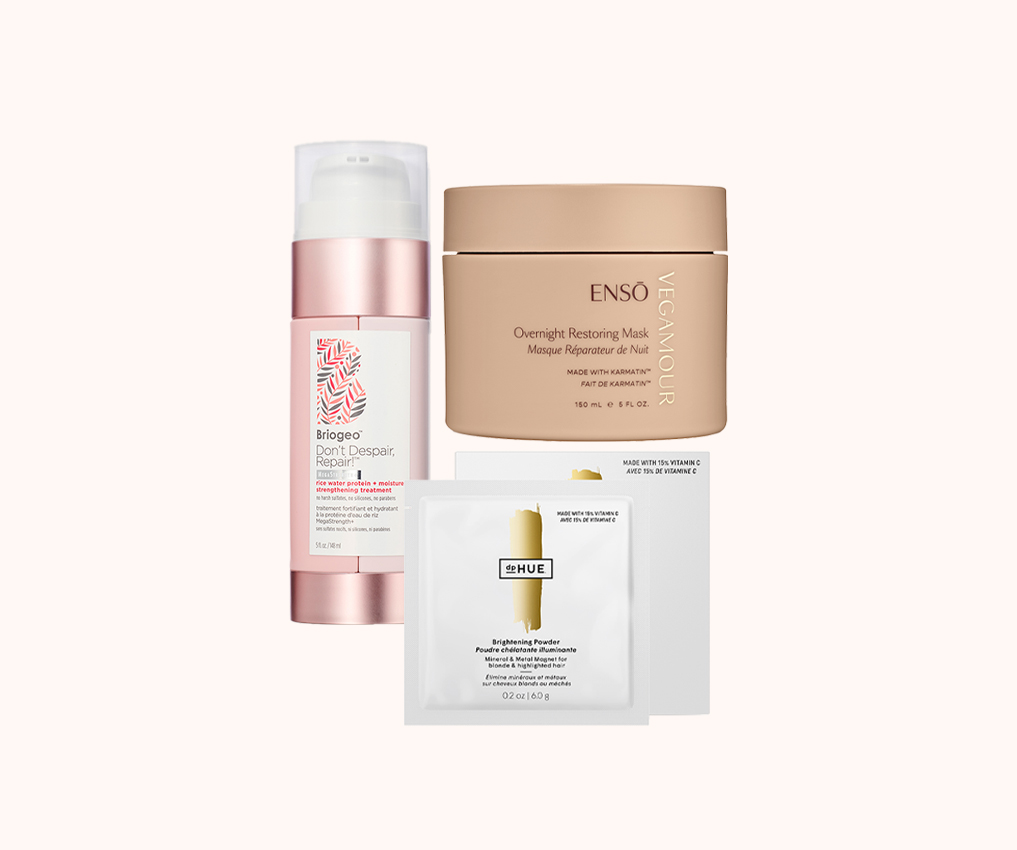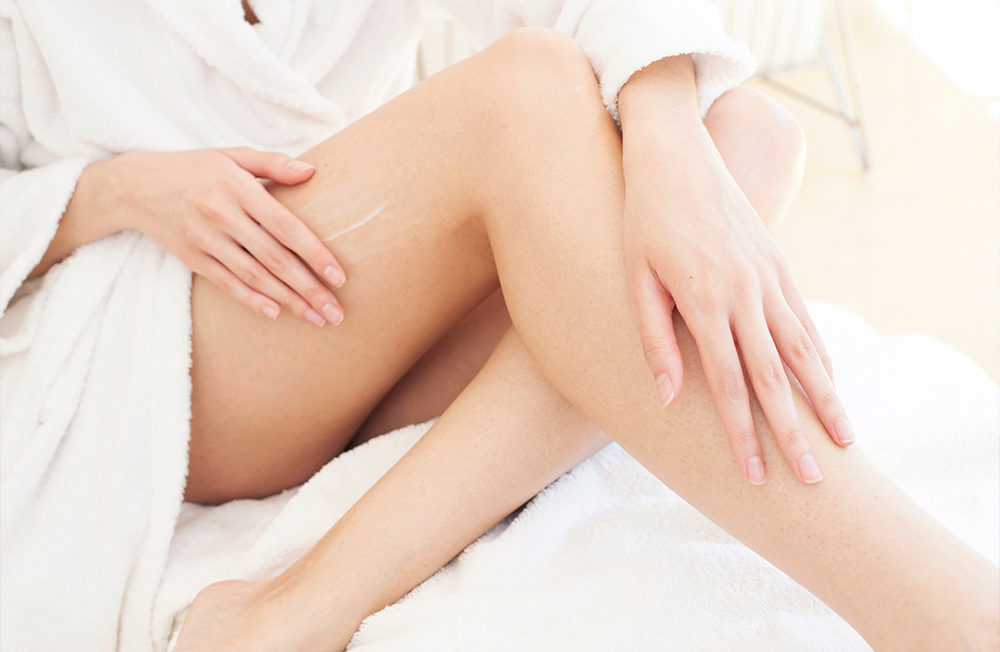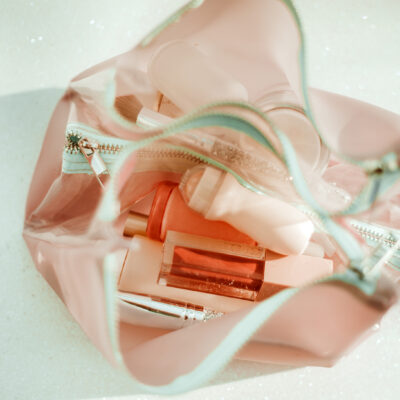If you’ve ever dealt with an ingrown hair, you know the initial impulse is often to do exactly what you shouldn’t. To properly address an ingrown hair without exacerbating the issue, it’s crucial to follow dermatologist-approved guidelines. Here are some steps you can take to treat and prevent ingrown hairs effectively.
Featured Experts
- Kally Papantoniou, MD is a dermatologist based in Long Island, NY
- Elaine Kung, MD is a dermatologist based in New York
- Dr. May Hall is a dermatologist based in Hopkinsville, KY
Understanding Ingrown Hairs
Ingrown hairs are exactly what they sound like—hairs that never make it past the surface of the skin. Long Island, NY dermatologist Kally Papantoniou, MD explains, “Ingrown hairs are essentially hairs that have curled back or grown sideways into the skin instead of rising up from it.” They commonly occur in areas subject to frequent hair removal, such as the face, legs, armpits and pubic area.
Distinguishing between different skin conditions can be crucial for effective treatment. Ingrown hairs are characterized by small, red bumps with trapped hairs underneath, often accompanied by itching or discomfort, commonly found in areas where hair removal occurs. “Conversely, keratosis pilaris presents as small, harder bumps, usually on the upper arms, thighs, and buttocks, without visible trapped hair,” says New York dermatologist Elaine Kung, MD. “Folliculitis shares similarities with ingrown hairs but often involves infection and multiple pustules. Acne, on the other hand, may manifest as whiteheads, blackheads, or inflamed papules and pustules, appearing across various body areas, not solely on hair removal sites.”
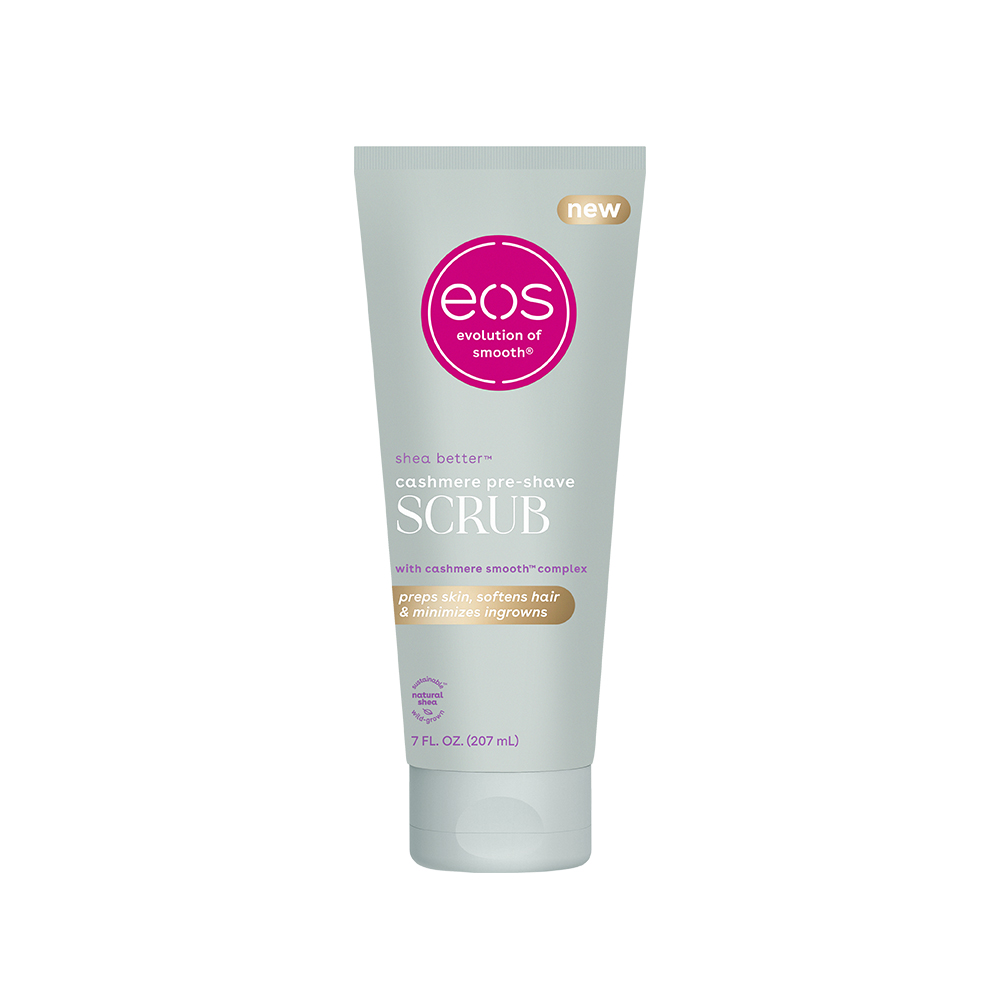
Treating Ingrown Hairs
First, you’re going to want to grab a warm compress. “I recommend using warm compresses to help relieve pressure from the bump without excessive squeezing or manipulation to that area,” says Hopkinsville, KY dermatologist Dr. May Hall. This will help soften the skin and reduce inflammation.
Next, focus on exfoliation. “Regular exfoliation can help by removing dead skin cells that might clog follicles,” Dr. Hall adds. A mild scrub or exfoliating glove can help release the trapped hair.
Consider using over-the-counter products containing salicylic acid or glycolic acid to help unclog pores and reduce inflammation. “In-office, dermatologists can prescribe topical and oral antibiotics, topical steroids, and retinoids to help calm the inflammatory response happening on the skin,” says Dr. Hall.
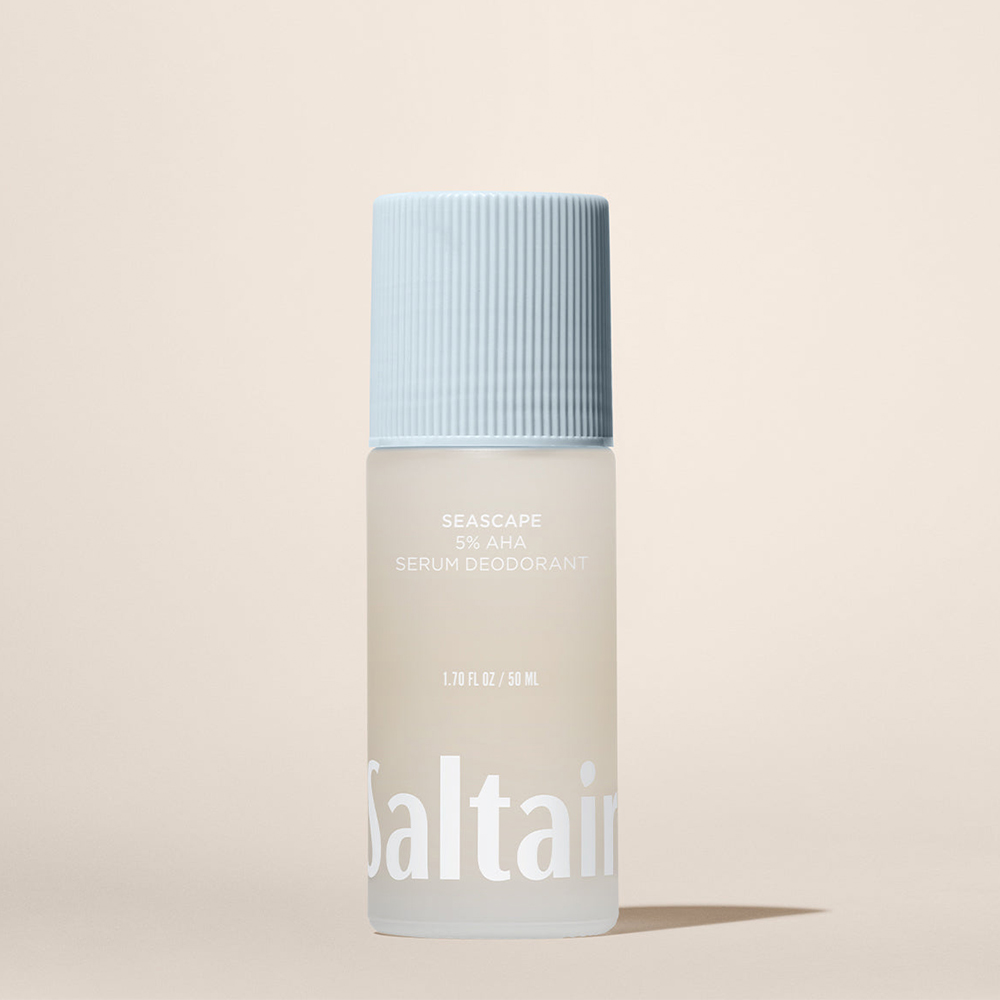
Don’t Pick or Dig
Whatever you do, avoid picking or squeezing the ingrown hair, as this can lead to infection and scarring. “If infection sets in, bumps can become pus-filled and quite painful,” adds Dr. Papantoniou. “It’s this combination of redness, discomfort and trapped hair that distinguishes ingrown hairs from other conditions like folliculitis or KP.”
How to Prevent Ingrown Hairs From Forming
Shaving the proper way is step one in preventing ingrown from happening in the first place. “Shave with the grain,” advises Dr. Kung. “This helps prevent the hair from being cut too short and curling back. Sharpness is also key. Replace dull razor blades frequently, as they can tear and damage the hair, increasing the risk of ingrowth.”
To prevent dryness that can lead to trapped hair, break out the creams and oils. “Moisturizing helps keep the skin and hair soft, which can prevent hairs from breaking off and becoming ingrown in the first place,” says Dr. Papantioniou. “Wearing loose-fitting clothing can also help reduce friction and irritation on the skin, helping prevent ingrown hairs.”
“When more conservative measures don’t help or for more persistent ingrown hairs, laser hair removal can work wonders to eliminate them permanently,” adds Dr. Kung. “If ingrown hairs become severe or infected, seek professional help for treatment options including sterile extraction, corticosteroid injections, prescription medications, or laser hair removal.”
Patches and Wipes
Ingrown hair patches and wipes can help with ingrown hairs by exfoliating the skin to prevent and treat ingrown hairs, bumps, and breakouts. These products contain ingredients like salicylic acid, glycolic acid, and other exfoliants that work to keep the skin smooth and bump free.
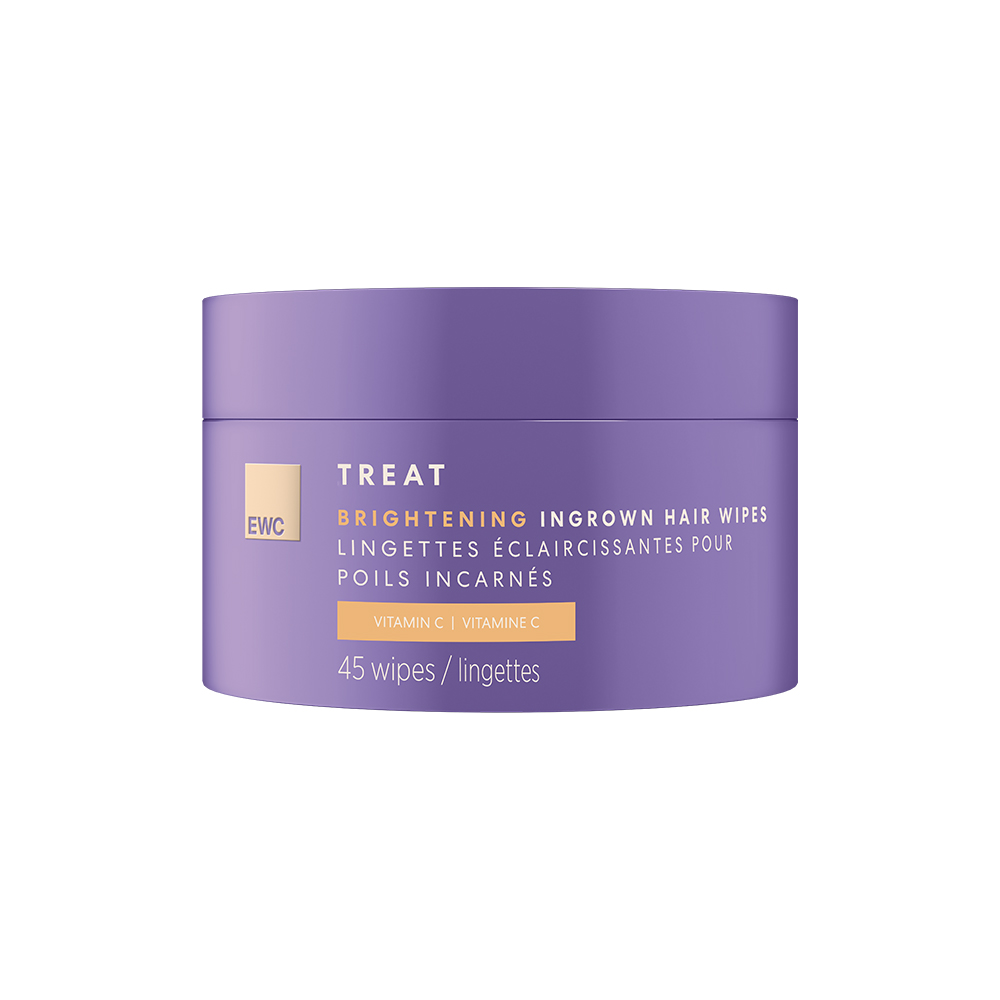
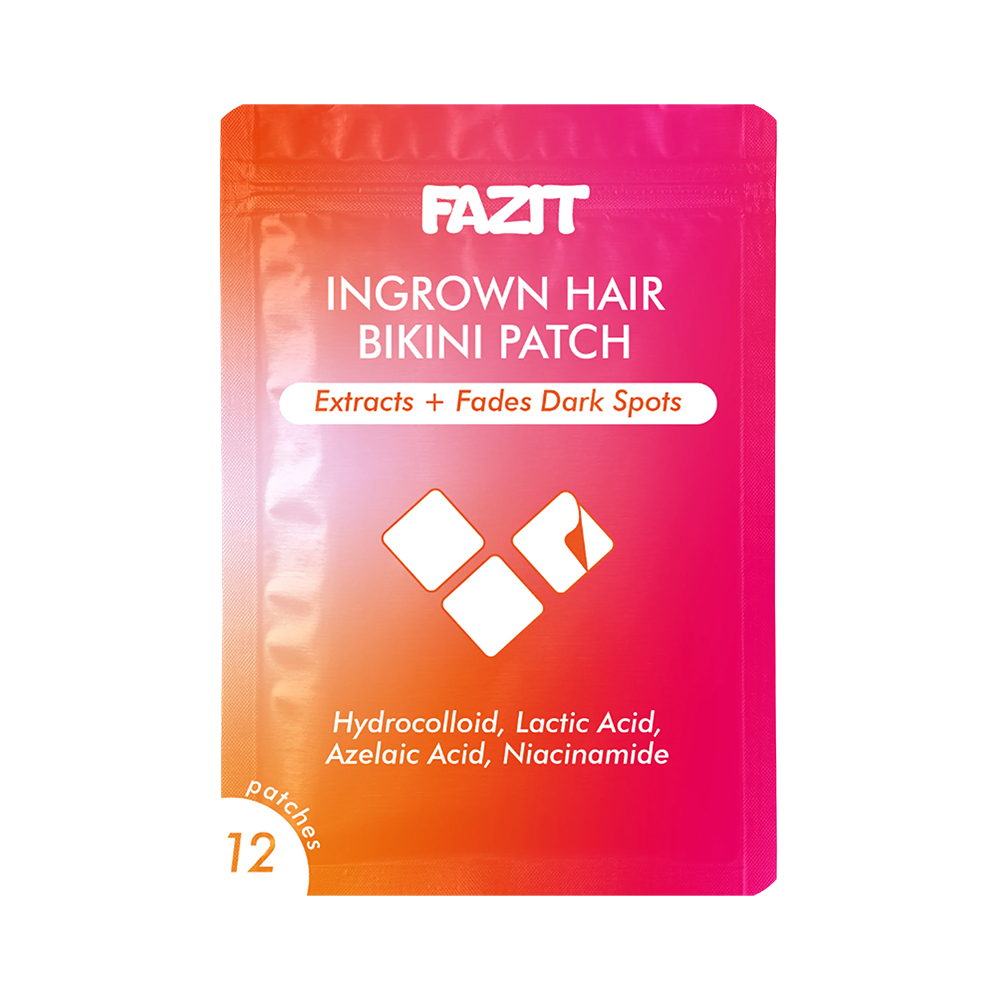
Laser Hair Removal
One of the most effective methods to prevent ingrown hairs from arising in the future is laser hair removal. It targets the root cause by destroying the hair follicle, preventing hair growth and subsequent irritation to the skin. “If laser hair removal is the option best suited for you, it’s important to note that several sessions are needed to achieve more permanent results,” notes Dr. Hall. “Your provider should have a thorough understanding of your skin type and laser settings to minimize the risk of further adverse events like burns and scarring.”
By following these tips, you can manage ingrown hairs and minimize the risk of them developing into larger lumps. If you’ve tried everything, consulting a dermatologist for treatment options is the first step to smoother, bump-free skin from head to toe.
